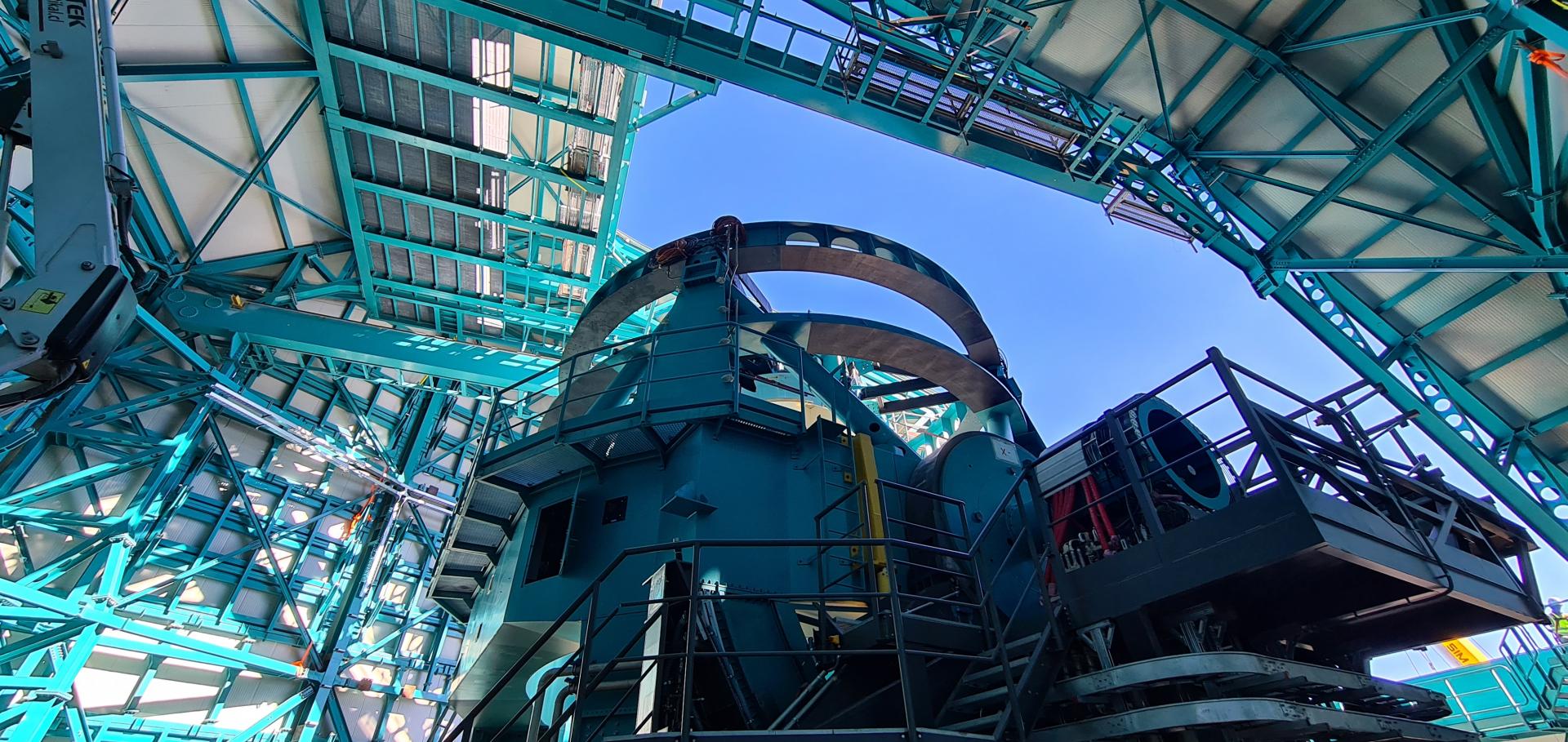Search for new physics in high pT like-sign dilepton events at CDF II
Physical Review Letters 107:18 (2011)
Abstract:
We present a search for new physics in events with two high pT leptons of the same electric charge, using data with an integrated luminosity of 6.1fb-1. The observed data are consistent with standard model predictions. We set 95% C.L. lower limits on the mass of doubly charged scalars decaying to like-sign dileptons, mH±±>190-245GeV/ c2, assuming 100% BR to ee, μμ or eμ. © 2011 American Physical Society.Search for resonant production of tt̄ decaying to jets in pp̄ collisions at √s=1.96TeV
Physical Review D - Particles, Fields, Gravitation and Cosmology 84:7 (2011)
Abstract:
This paper reports a search for nonstandard model topquark resonances, Z′, decaying to tt̄→W+bW -b̄, where both W decay to quarks. We examine the top-antitop quark invariant mass spectrum for the presence of narrow resonant states. The search uses a data sample of pp̄ collisions at a center of mass energy of 1.96 TeV collected by the CDF II detector at the Fermilab Tevatron, with an integrated luminosity of 2.8fb-1. No evidence for top-antitop quark resonant production is found. We place upper limits on the production cross section times branching ratio for a specific topcolor assisted technicolor model in which the Z′ has a width of Γ Z′=0.012MZ′. Within this model, we exclude a Z′ boson with masses below 805GeV/c2 at the 95% confidence level. © 2011 American Physical Society.Search for the Higgs boson in the all-hadronic final state using the CDF II detector
Physical Review D - Particles, Fields, Gravitation and Cosmology 84:5 (2011)
Abstract:
We report on a search for the production of the Higgs boson decaying to two bottom quarks accompanied by two additional quarks. The data sample used corresponds to an integrated luminosity of approximately 4fb-1 of pp̄ collisions at √s=1.96TeV recorded by the CDF II experiment. This search includes twice the integrated luminosity of the previous published result, uses analysis techniques to distinguish jets originating from light flavor quarks and those from gluon radiation, and adds sensitivity to a Higgs boson produced by vector boson fusion. We find no evidence of the Higgs boson and place limits on the Higgs boson production cross section for Higgs boson masses between 100GeV/c2 and 150GeV/c2 at the 95% confidence level. For a Higgs boson mass of 120GeV/c2, the observed (expected) limit is 10.5 (20.0) times the predicted standard model cross section. © 2011 American Physical Society.Search for a Higgs Boson in the Diphoton Final State in p-pbar Collisions at sqrt(s) = 1.96 TeV
(2011)
Measurement of the cross section for prompt isolated diphoton production in pp̄ collisions at √s=1.96TeV
Physical Review D - Particles, Fields, Gravitation and Cosmology 84:5 (2011)


